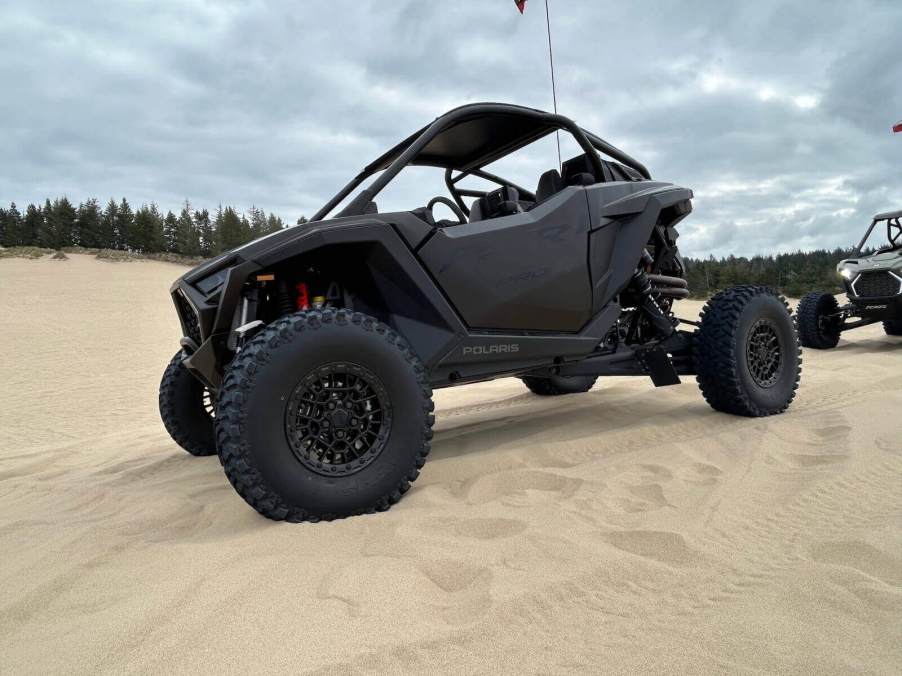
4 tips for off-roading beginners to save your vehicle and yourself
Off-road driving is nothing like driving on your familiar roads and highways. Sure, both can be unpredictable. However, taking a UTV off a trailer and into the wilderness can be dangerous or even deadly if you don’t respect the practice. That said, there are a few safety and driving tips you can adhere to survive and thrive as an off-roading beginner.
Trying out off-road driving in your recreational ride? Keep these four tips in mind to have fun and stay safe
So you bought an off-roader like a Polaris RZR or a utility-focused side-by-side (SxS) and you’re ready to tackle the wide world of unpaved surfaces. Cool. Well, before you do, you should keep these things in mind.
- Understand your limitations and the limits of your vehicle
- Keep and maintain the right equipment
- Consider airing down your tires
- Respect the environment
Now, given the opportunity to ride with Polaris in the new RZR Pro lineup in Coos Bay, Oregon was a no-brainer for me. Three of the most cutting-edge SxS models on the modern market and dynamic dune action is a proper good time. However, beyond simply cementing a smile on my face, the drive taught me a couple of things as a bit of an off-roading tourist.
For starters, the “confidence is key” adage might apply to many things in life. But overconfidence could land you upside down or worse. Instead, understand your limitations and treat them with respect until you get better. As a beginner, your capabilities will likely be well beneath that of your UTV or off-roading vehicle.
Beyond paying your rig its due respect, you should get, use, and maintain a high standard of equipment. That means making sure your tires are in good condition, your safety harness fits, your lights work, and your SxS’s Rollover Protective Structure (ROPS) is intact and up to the task. Beyond your safety equipment, you may want to stay in your vehicle’s four-wheel drive setting if applicable. This will mitigate some tendency to lose traction on loose surfaces like sand or scree.

Your tires, depending on the tread pattern, terrain, track width, and size, are specifically prepared to handle the terrain. However, some off-roading veterans prefer to air down their tires to around 25 or fewer pounds per square inch (psi). Doing so increases available contact patch area, and may increase your grip on tricky surfaces.
When I say “respect the environment,” I’m not referring to making sure that our trails, dunes, canyons, and forests stay pristine. Well, I mean, you should. But I’m referring to your ability to traverse the terrain. Are you heading to the dunes? Know that momentum is your friend; hesitation could get you stuck in deep sand. Unsure of the terrain ahead? Maintain a safe speed to avoid disaster.
Check out the Tread Lightly! organization for information on how you can keep our environment clean while still having some fun.



